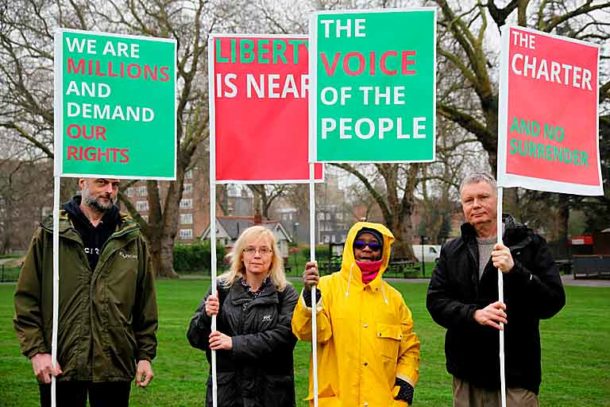
One of the pivotal events of British history that took place 170 years ago at the far end of the Brixton Road in Kennington, and was an early example of a “fake news” controversy, is being celebrated today.
Flag bearers from four corners of London walked to Kennington Park, retracing the steps of tens of thousands of nineteenth century predecessors. At the park, they took part in a ceremony marking the great Chartist demonstration of 1848.
Today’s commemoration, which includes more walks and talks, is organised by the Kennington Chartist Project – an initiative of local residents backed by a National Lottery grant from the Heritage Lottery Fund and by the Friends of Kennington Park.
The project is organising a series of talks and events that continue until October this year.
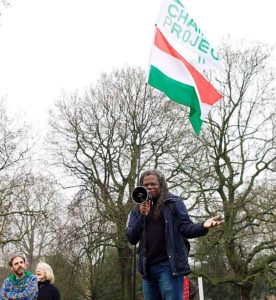
1848, which was to become known as the Year of Revolutions in continental Europe, also saw great discontent this side of the Channel. But the revolutionary change hoped for by the many and feared by the few failed to materialise after the planned demonstration of people power on Kennington Common on 10 April was thwarted by the authorities.
For ten years, Chartists had campaigned for the their six-point charter to bring democracy to a country still ruled by hereditary aristocrats.
A great demonstration on Kennington Common was to march, peacefully, to the Houses of Parliament in Westminster and there present a petition with millions of signatures demanding votes for all men over 21 and a secret ballot.
There were many in the ranks of the Chartists who wished to see the franchise extended to women and one of the leading figures in the movement was William Cuffay, the son of an African slave.
Opponents of reform adopted a successful belt-and-braces approach. They prepared for a bloody battle with the demonstrators, installing cannon in Westminster, distributing rifles to Post Office clerks and closing the planned route of the demonstration with troops. But they also set about a fake news campaign of rubbishing the size of the protest and the number of signatures on the great petition.
The actual size of the demonstration and the number of signatures on the petition are hotly debated by historians to this day.
The Chartist leaders decided not to risk a massacre by allowing unarmed protesters on take on the troops, which were led by an 80-year-old but still ruthless and reactionary Duke of Wellington, brought out of retirement for the purpose.
Their movement declined from that point and reform of Parliament and how its members are chosen is still not complete. Hereditary peers still sit in the unelected House of Lords or, to give it its full official name – The Right Honourable the Lords Spiritual and Temporal of the United Kingdom of Great Britain and Northern Ireland in Parliament assembled.
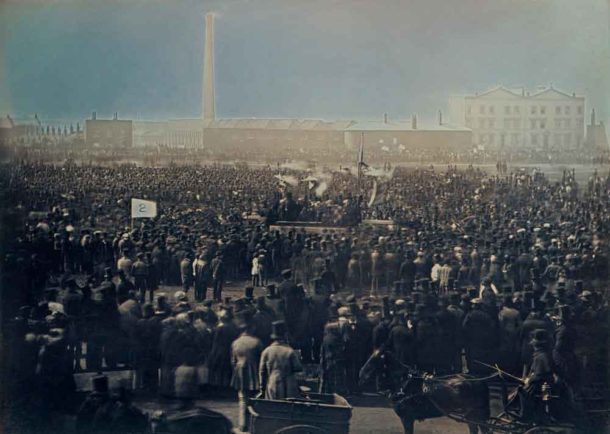


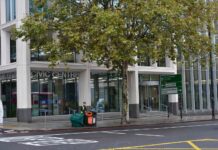
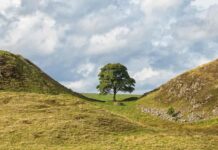
see
cuffay.blogspot.com